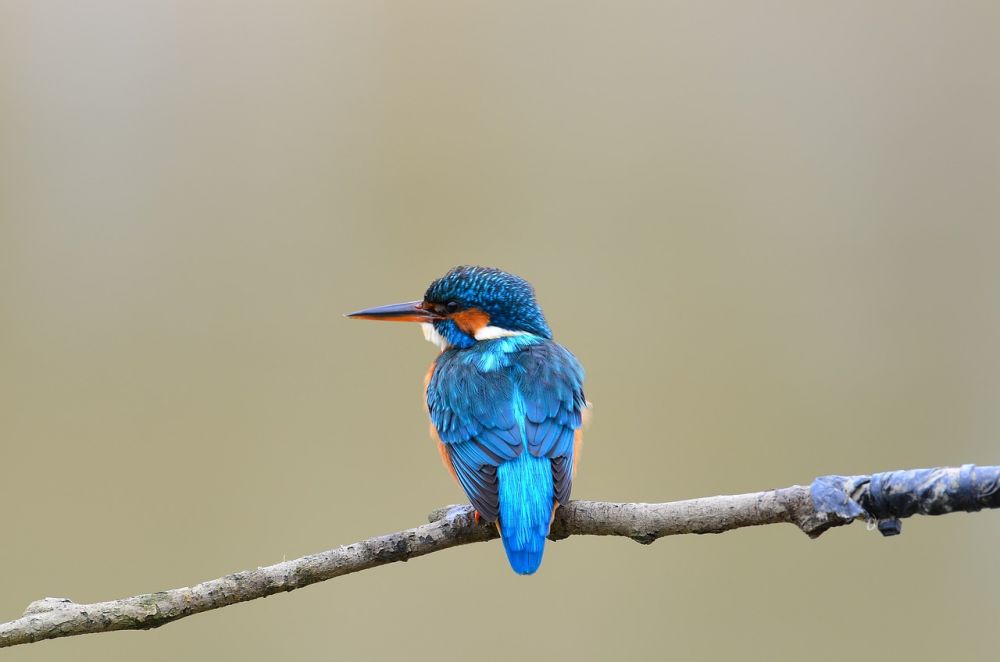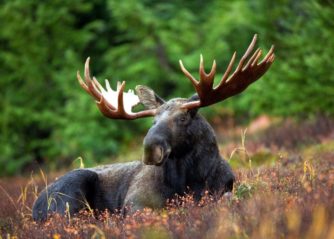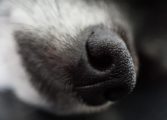Condor Bird: A Comprehensive Overview and Exploration

Introduction:
The condor bird, scientifically known as Vultur gryphus, is a magnificently intriguing creature that has captured both the scientific and public fascination. With its large size, remarkable wingspan, and majestic presence, the condor bird stands as a symbol of power and grace. In this article, we will delve into the various aspects of this awe-inspiring species, exploring its characteristics, types, measurements, differences, and historical significance.
1. The Condor Bird: An In-Depth Overview

The condor bird is a vulture species belonging to the family Cathartidae. It is native to the Americas, primarily found in the western parts of South America. With an average wingspan of around 9 to 10 feet, it holds the record for being the largest flying bird in the world. Its distinct features include a bald head, ruffled feathers on its neck, and a blackish-brown plumage.
2. Comprehensive Presentation of the Condor Bird
2.1 Types of Condor Birds:
– California Condor (Gymnogyps californianus): This critically endangered species is native to the western coastal mountains of North America.
– Andean Condor (Vultur gryphus): Found in the Andean regions of South America, this species is the larger of the two and known for its majestic presence.
2.2 Popularity and Conservation Efforts:
Despite their popularity and cultural significance, both types of condor birds face severe threats to their survival. Various conservation initiatives have been undertaken in recent years to protect and restore their populations.
3. Quantitative Measurements of Condor Birds
3.1 Wingspan and Size:
As mentioned earlier, condor birds possess an impressive wingspan, averaging between 9 to 10 feet. They stand around 3.8 to 4.5 feet tall and weigh between 18 to 31 pounds.
3.2 Lifespan and Reproduction:
Condor birds have a relatively long lifespan, with estimates ranging from 50 to 60 years in the wild. They typically reach reproductive maturity around the age of six to eight years, and their breeding habits involve monogamous partnerships and nest-building in inaccessible locations.
4. Exploring the Differences Among Condor Birds
4.1 Physical Variations:
Although both the California and Andean condors share similar characteristics, such as bald heads and significant wingspans, they exhibit slight physical differences in terms of size, plumage coloration, and beak shape.
4.2 Habitat and Distribution:
The California condor primarily inhabits rugged mountains and coastal regions of western North America, while the Andean condor thrives in the high-altitude regions of the Andes mountains in South America.
5. Historical Overview of the Advantages and Disadvantages of Condor Birds
5.1 Cultural and Symbolic Significance:
Throughout history, condor birds have held significant cultural and symbolic importance for various indigenous communities, representing power, spirituality, and the cycle of life and death.
5.2 Conservation Challenges and Successes:
Though once on the brink of extinction, the condor bird has been the subject of successful conservation efforts. However, population growth remains a challenge due to habitat loss and human-related activities.
Conclusion:
The condor bird’s grandeur, ancient lineage, and cultural significance make it an integral part of our natural heritage. This article has provided an in-depth exploration of the condor bird, covering its overview, types, measurements, differences, and historical significance. Through understanding and conservation efforts, we can ensure the survival and proliferation of this remarkable symbol of our natural world.
[INSERT VIDEO HERE: A captivating footage showcasing the majestic flight and behavior of the condor bird.]
















































